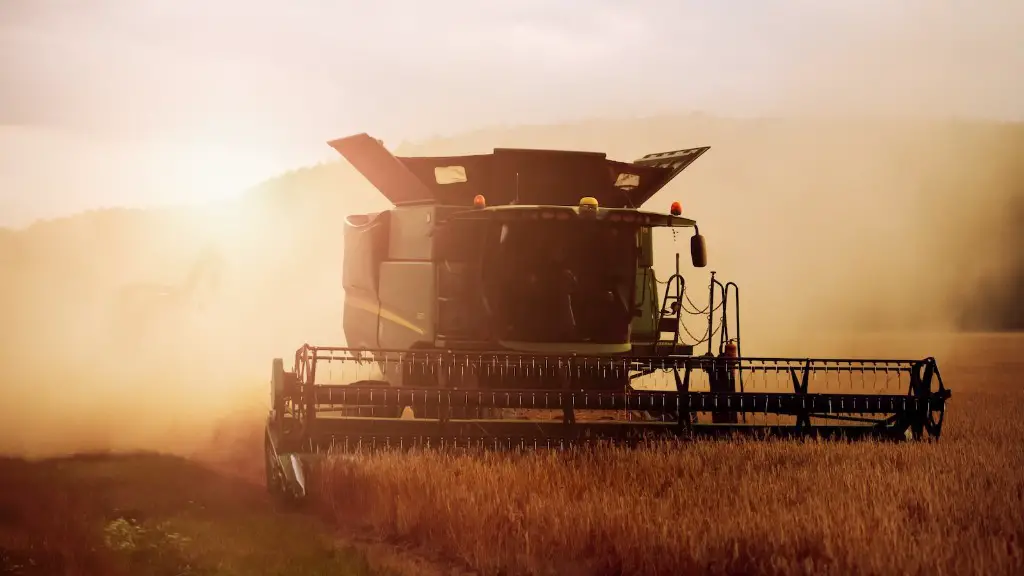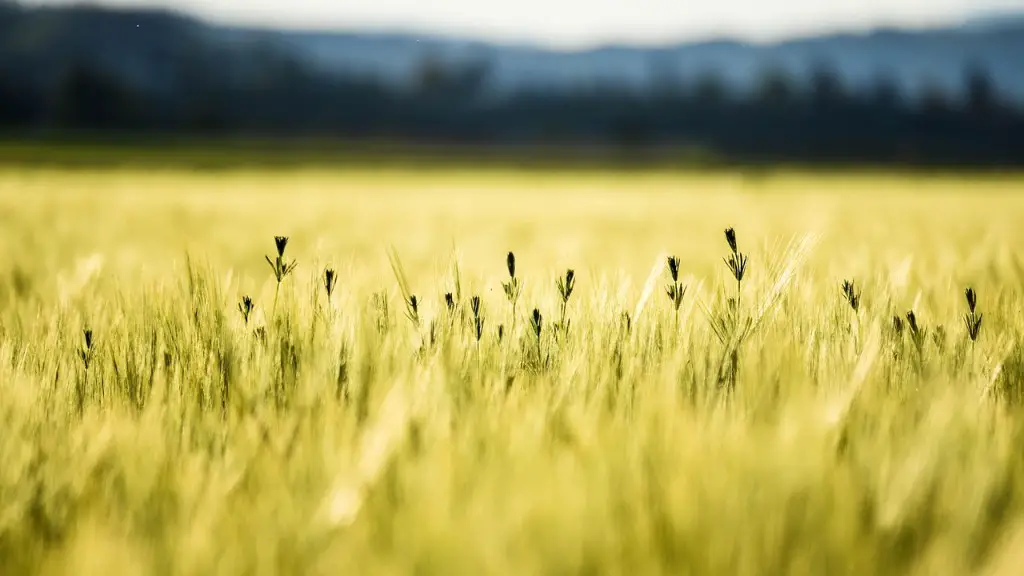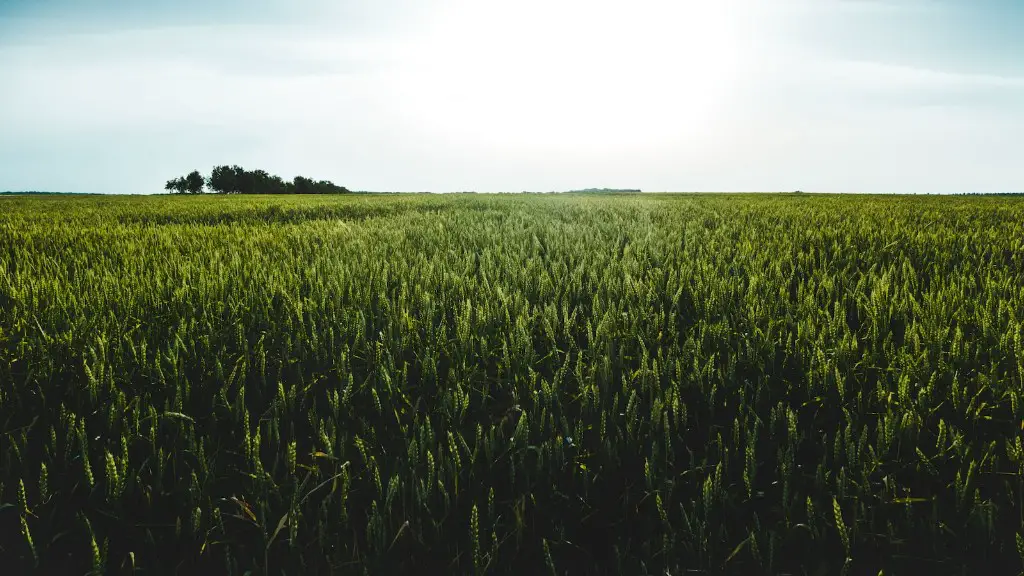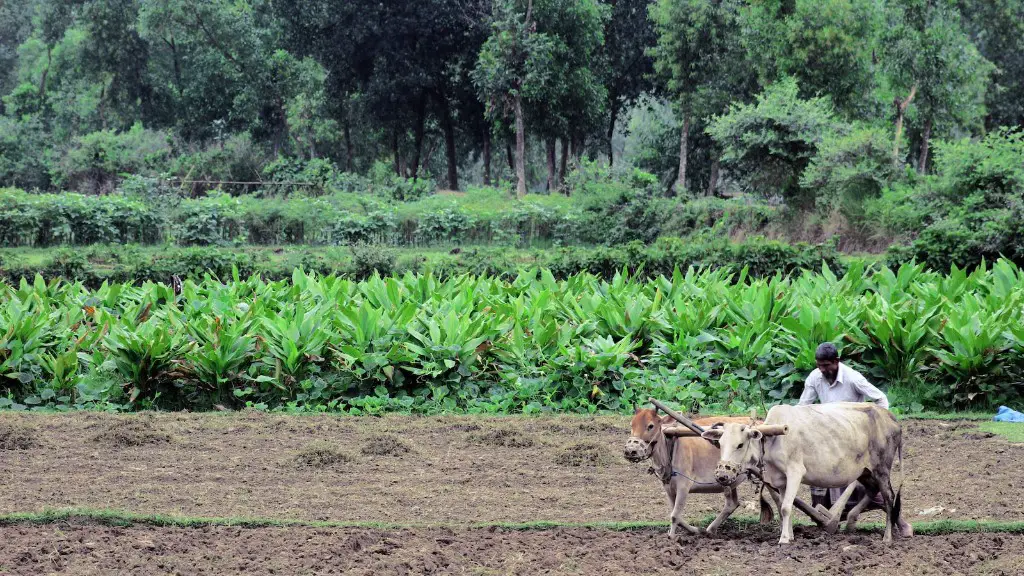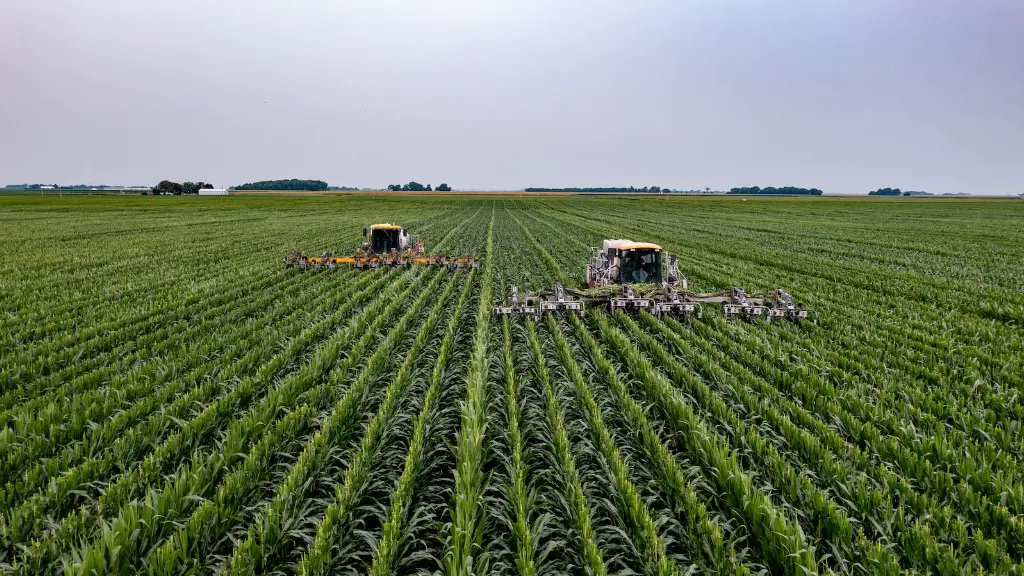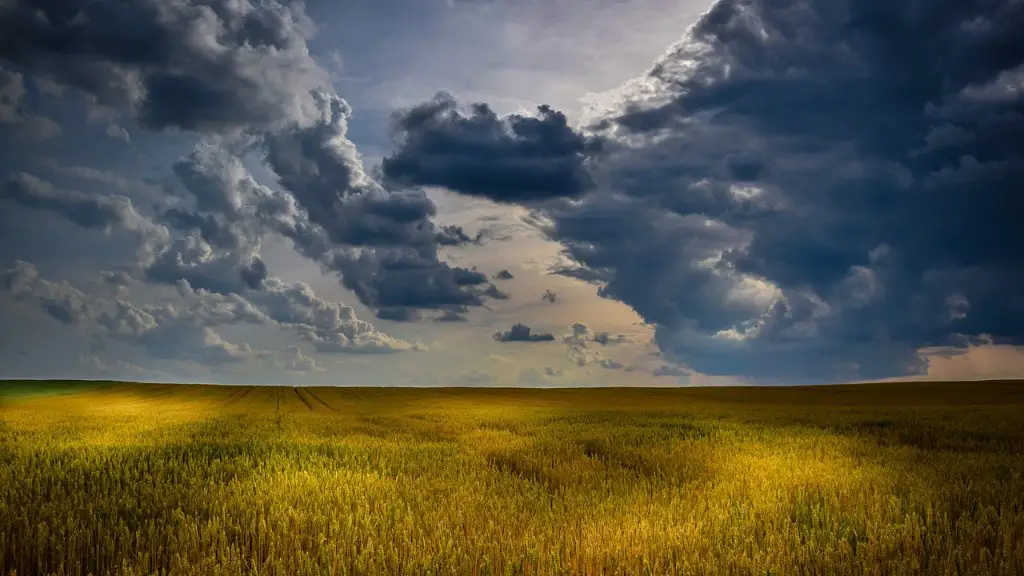Yes, beekeeping is considered agriculture. Beekeepers prevent the extinction of wild honeybees and help to pollinate crops.
In the United States, beekeeping is considered agriculture. The United States Department of Agriculture (USDA) classifies beekeeping as a farm operation and provides beekeepers with resources and information related to agriculture.
Are bees considered agriculture?
Honey bees are important crop pollinators, and their work is estimated to be worth between 10 and 20 times the value of honey and beeswax. In fact, bee pollination accounts for about $15 billion in added crop value. Honey bees are like flying dollar bills buzzing over US crops.
Beekeeping is the practice of keeping bees in hives for the purpose of honey production. Beekeepers typically use smoke to calm the bees when working with them. Beekeeping is considered agriculture based on standard definitions and everyday usage. Beekeeping is also treated as agriculture (or farming) by the Federal and State governments via regulation and tax codes.
What type of industry is beekeeping
Apiculture is the maintenance of honeybees and hives. This can include a variety of enterprises such as production of beeswax, honey and other edible bee products; crop pollination services, and the sale of bees to other beekeepers. Apiculture can be a great way to make a living or supplement your income, and it can also be a fun hobby. If you’re interested in getting started in apiculture, there are a few things you should know.
First, you’ll need to purchase bees and hive equipment. You can buy bees from a local beekeeper or from a bee supplier. Be sure to get a good quality queen bee, as she will be the foundation of your hive. You’ll also need to get a hive, frames, and other supplies.
Once you have your bees and equipment, you’ll need to learn how to care for your hive. This includes learning how to inspect the hive, identify problems, and treat diseases. You’ll also need to learn how to harvest the honey and wax.
Apiculture can be a rewarding experience, whether you’re doing it for fun or for profit. With a little knowledge and effort, you can be successful in this fascinating hobby or business.
The new law exempts small acreages from paying property taxes if the owners keep bees on the property. This is similar to qualifying for an exemption based on livestock or raising hay. The exemption applies to properties with less than 10 acres of land.
What is counted as agriculture?
The Agriculture, Forestry, Fishing and Hunting sector comprises establishments primarily engaged in growing crops, raising animals, harvesting timber, and harvesting fish and other animals from a farm, ranch, or their natural habitats. This sector includes all aspects of animal husbandry, crop production, and forestry.
A farm is a business that cultivates, operates or manages land for profit. This can include livestock, dairy, poultry, fish, vegetables and fruit. In order to qualify as a farm according to the United States Internal Revenue Service, the business must be actively cultivating, operating or managing the land.
What industry code is beekeeping?
The Canadian industry code for apiculture is 112910. This industry comprises establishments primarily engaged in one or more of the following: (1) operating apiaries and producing honey and other bee products; (2) pollinating crops; and (3) producing and selling queens, Bees, and other live bees.
A beekeeper or apiarist is a person who keeps bees in hives, boxes, or other man-made structures. The science and art of managing honey bees is called apiculture or beekeeping. Beekeepers collect honey, wax, propolis, and royal jelly from their hives. Beekeepers also use their hives to rear young bees and to produce queens for their own hives or to sell to other beekeepers.
How many acres do you need to be a beekeeper
If you’re interested in becoming a backyard beekeeper, you’ll need to make sure you have enough space for your hives. Generally speaking, most backyard beekeepers have 1 to 2 acres of land with 2 or 3 bee hives. However, I have personally had 10 hives on a 1 acre lot in a subdivision. So, it really depends on the layout of your land and how many hives you’re planning on keeping. Just make sure you have enough space for your bees to roam and for you to maintain your hives.
There are more than 20,000 species of bees in the world, belonging to the suborder Apocrita. These include the familiar honeybee, bumblebee, and other wasplike and flylike bees. Bees are important pollinators of plants and play a vital role in the ecosystem.
What is the profession of beekeeping called?
An apiarist is a person who keeps bees for their honey. Apiarists are also known as apiculturists or beekeepers.
Pastoral farming is a type of agriculture that involves the raising of animals, typically cows, sheep, goats, or other grazing animals.
Arable farming is a type of agriculture that involves the cultivation of crops, typically on a large scale.
Shifting agriculture is a type of agriculture that involves the clearing of vegetation, typically on a small scale, and the cultivation of crops in that cleared area.
Mixed farming is a type of agriculture that involves the raising of both animals and crops.
Nomadic agriculture is a type of agriculture that involves the movement of animals and crops from one place to another, often in search of grazing land or water.
Sedentary agriculture is a type of agriculture that involves the cultivation of crops in one place for an extended period of time.
Subsistence farming is a type of agriculture that involves the production of food for consumption by the farmer and their family, with little or no surplus left for sale.
Commercial agriculture is a type of agriculture that involves the production of crops or animals for sale, typically on a large scale.
What is not included in agriculture
Livestock products are the most important source of income for many small-scale farmers and pastoralists in developing countries. They provide a major source of food, income and employment, as well as livelihood security for millions of households.
Livestock products vary widely in terms of their value, with some providing only a small subsistence income, while others can generate substantial profits. The value of livestock products is determined by a number of factors, including the type of animal, the quality of the product, and the market conditions.
The most important livestock products in terms of value are meat, milk and eggs. Other important products include wool, hide, and blood.
Livestock products play a vital role in the economy of developing countries, contributing to both GDP and export earnings. In addition, they provide a vital safety net for poor households, particularly in times of adversity.
Agriculture refers to the acts of farming and raising livestock Activities that fall within agriculture include soil preparation, seed planting, crop harvesting, gardening, viticulture (growing grapes), apiculture (bee-raising), dairying, poultry, and ranching. Agriculture is an important part of many countries’ economies, as it provides food, fiber, and other products. It is also a major source of employment.
What are the 7 types of agriculture?
Farming is a vital part of the agricultural industry and there are many different types of farming that take place in order to produce the food and other products that we rely on.
Dairy farming is a type of farming that is focused on the production of milk and other dairy products. Commercial farming is another type of farming that is focused on the production of crops or livestock for sale. Plantation farming is a type of commercial farming that is conducted on a large scale and typically involves the cultivation of cash crops.
Commercial grain farming is another type of commercial farming that is focused on the production of cereals and other grains. Commercial mixed farming is a type of farming that involves the production of both crops and livestock. Primitive subsistence farming is a type of farming that is typically conducted by small-scale farmers in developing countries.
Intensive subsistence farming is a type of farming that is conducted on a small plot of land and typically involves the use of large amounts of labor and inputs.
Shifting cultivation is a type of agriculture where people move from one piece of land to another, typically every few years. This is often done in areas with a tropical climate.
Subsistence farming is a type of agriculture where people grow just enough food to feed themselves and their families. This is often done in areas with a tropical climate.
Pastoralism is a type of agriculture where people raise animals, such as cows, goats, and sheep. This is often done in areas with a dry climate.
Intensive farming is a type of agriculture where people use a lot of technology and chemicals to grow crops. This is often done in areas with a temperate climate.
Warp Up
Yes, beekeeping is considered agriculture. Beekeepers care for bees and produce honey and other bee products.
Yes, beekeeping is considered agriculture. Beekeepers play an important role in the agricultural industry by providing honey and other products that are used in many different ways. Without beekeepers, agriculture would be much different.
